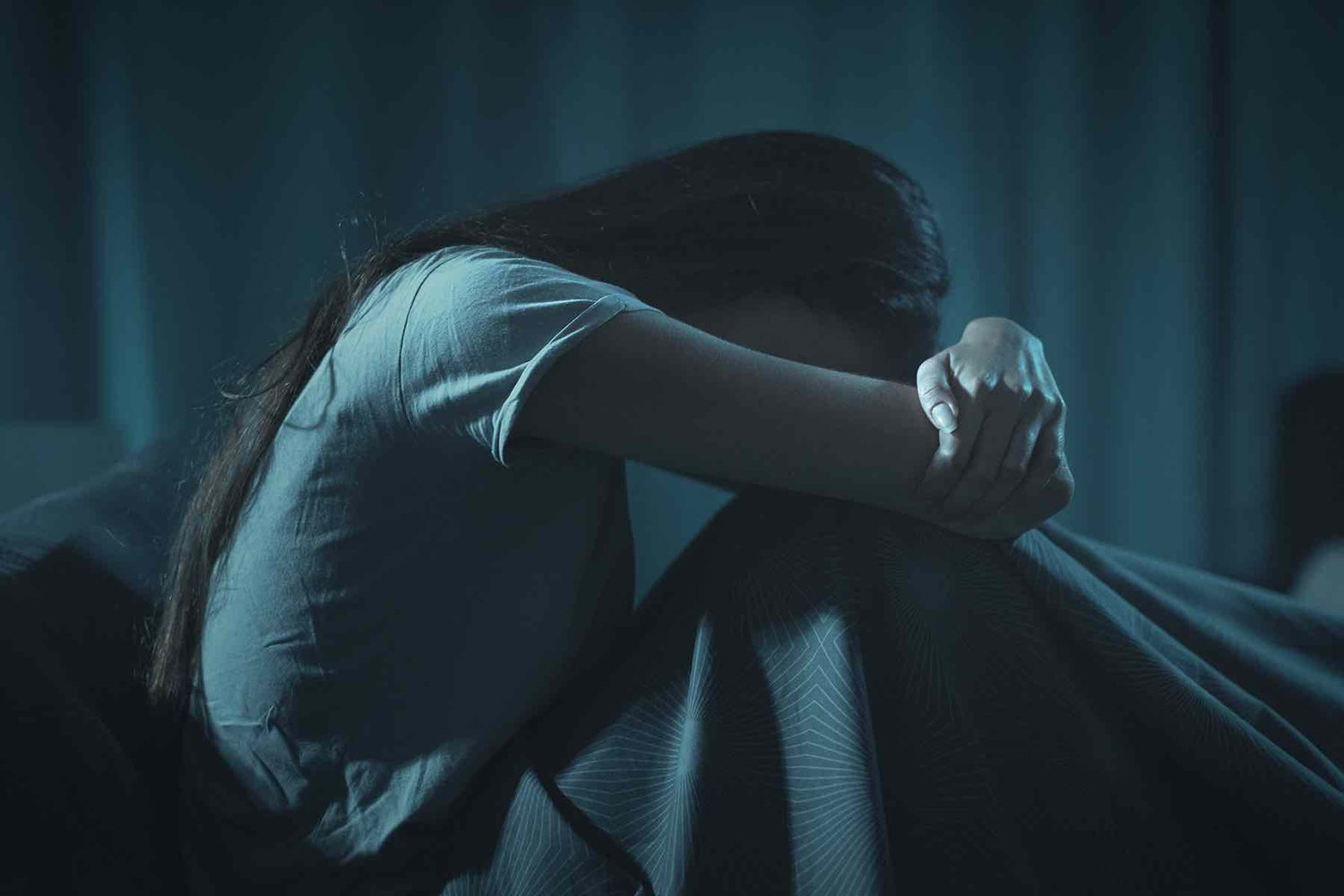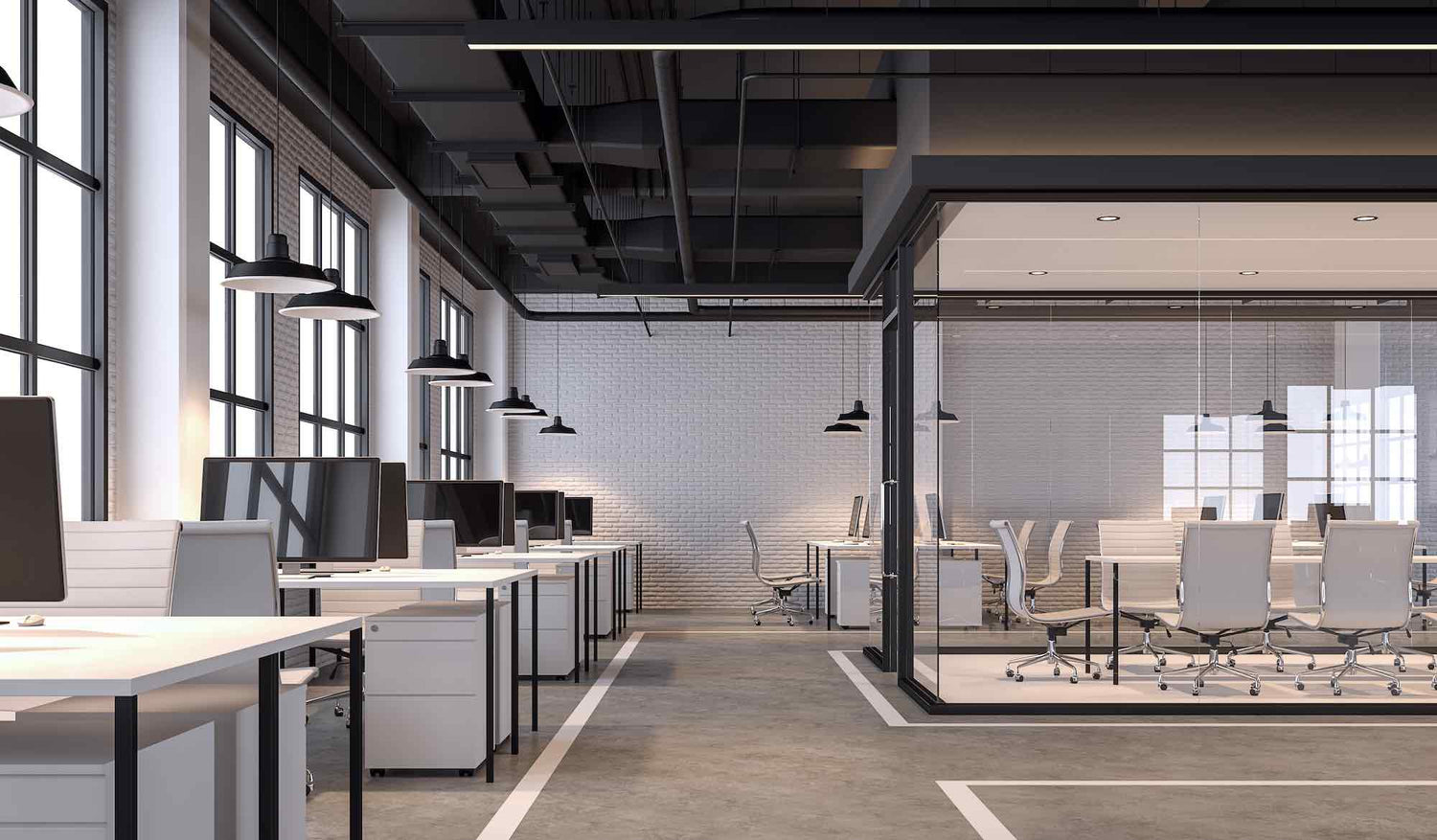
The Dangers of Blue Light at Night
The invention of the electric light bulb accelerated the industrial revolution, but came with a hidden cost to human health. Excessive exposure to blue light in the evening and night-time hours has been linked to a plethora of health problems ranging from reduced sleep quality to diabetes and cancer.
One of the first signs of blue light linked circadian disruption appears in reduced sleep quality. The need for better sleep has spawned a multi-billion dollar industry pushing solutions ranging from supplements to high-tech mattresses. However, the scientifically proven role of blue light in sleep disruption remains neglected as lighting manufacturers are hesitant to embrace human-centric lighting standards that do not align with traditional measures of lighting efficiency.
Digital device makers have also been resistant to enabling low-blue light display modes with sufficient effectiveness due to fear of higher support costs associated with the overhead of teaching consumers about necessary limits for night time blue light exposure.
Better Sleep with BLUESAFE 24
Research at the CIRCADIAN® Light Research Center shows clear benefits for sleep quality when night-time blue light exposure is reduced to less than 2 microwatts per square centimeter. BLUESAFE 24™ glasses are desigend to achieve this specific exposure target under typical residential and commercial lighting, supporting improved sleep quality and healthy circadian rhythms.

Faster Sleep Onset
Sleep onset time (also called sleep latency) is a measure of how long it takes to transition from wakefulness to sleep. Sleepiness is initially driven by a rise in melatonin, which is triggered by the absence of blue light in the environment. Excessive exposure to blue light at night from indoor lighting and digital devices causes a delay in melatonin onset, making it harder to fall asleep quickly.
Our studies showed an average increase in sleep onset speed by 8 minutes when appropriate blue-light blocking glasses are worn consistently during night-time hours.

Reduced Intra-Sleep Awakenings
Intra-sleep awakenings are periods during the night when a person stops sleeping. These events can last just a few minutes, and we may not even be aware when one is happening or remember it the next day.
However, we do experience a reduced quality of sleep. When someone seems to be getting enough overall time in bed, but does not awake feeling well rested, then intra-sleep awakenings could be a cause.
In studies of our circadian blue light eyewear, we found an average reduction of intra-sleep wakening events of 20 minutes per night.

Longer Total Sleep Duration
When it comes to sleep quality, sleep duration is the key measure. Total sleep duration takes into account all the contributing factors: sleep onset time, sleep continuity, and total duration of sleep.
In our sleep studies we found that subjects using circadian blue light eyewear at night experienced an average increase of 40 minutes per night in sleep duration, even when engaging in late-night activities such as shift work. These results are comparable to the use of sleep-aid medications, but without the side effects and dependency risks.



